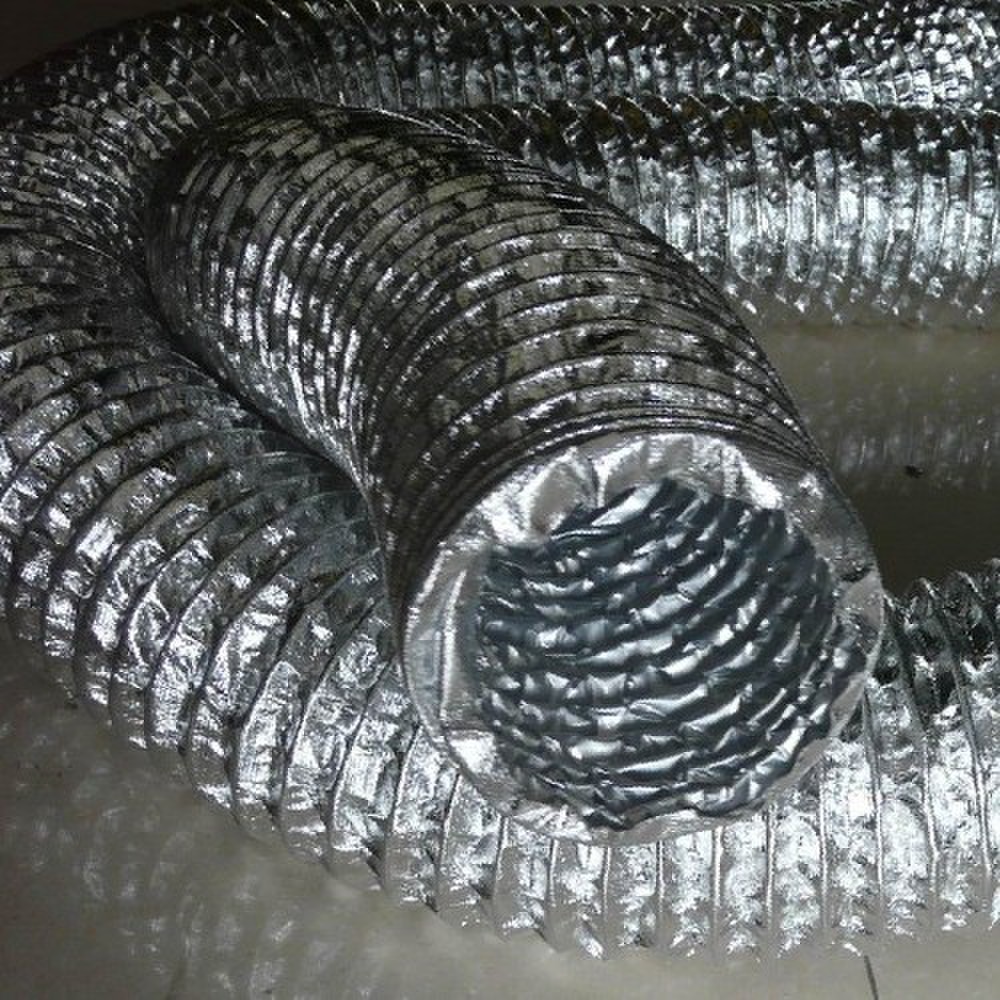ventilation hose
Understanding Ventilation Hose Importance, Applications, and Maintenance
Ventilation hoses play a crucial role in various industries, ensuring the safe and efficient movement of air, gases, and other substances. From industrial applications to residential settings, the proper use and maintenance of ventilation hoses are essential for ensuring optimal airflow, reducing pollutants, and safeguarding health. This article explores the importance, applications, and maintenance tips for ventilation hoses.
What is a Ventilation Hose?
Ventilation hoses are flexible tubes designed to facilitate the movement of air and gases. They are commonly made from materials such as rubber, PVC, or polyurethane, which offer durability and resistance to environmental factors. These hoses are available in various diameters and lengths, allowing them to fit a range of applications, from large industrial systems to small residential setups.
Importance of Ventilation Hoses
The primary purpose of ventilation hoses is to ensure adequate air circulation. In any environment where air quality is a concern, proper ventilation is essential. Stale or polluted air can lead to a range of health issues, including respiratory problems, allergic reactions, and other severe conditions. By using ventilation hoses, facilities can direct fresh air into workspaces and expel contaminated air effectively, reducing the concentration of harmful pollutants.
Another critical aspect of ventilation hoses is their role in managing temperatures. In industrial settings, processes can produce significant heat, which can compromise safety and efficiency. Ventilation hoses can help dissipate heat, maintaining a safe environment for workers and equipment alike. Additionally, in residential heating and cooling systems, ventilation hoses assist in distributing conditioned air throughout the space, enhancing comfort and energy efficiency.
Applications of Ventilation Hoses
Ventilation hoses are used in a wide range of applications across various industries
1. Industrial Manufacturing In factories where machines emit heat and fumes, ventilation hoses are essential for maintaining air quality. They help remove smoke, dust, and toxic gases generated during manufacturing processes.
2. Construction Sites Dust and debris are common on construction sites, making proper ventilation crucial. Ventilation hoses can be used in conjunction with dust control systems to minimize health risks for workers.
3. Agriculture In farming, proper ventilation is vital for the health of livestock and crops. Ventilation hoses can help regulate temperature and humidity in animal barns and greenhouses.
ventilation hose

4. Automotive and Aerospace These industries use ventilation hoses to manage exhaust fumes and engine heat. Effective ventilation ensures the safety of workers and the efficiency of machines.
5. HVAC Systems In residential and commercial buildings, ventilation hoses are integral to heating, ventilation, and air conditioning (HVAC) systems. They help circulate air throughout the space, ensuring comfort and energy efficiency.
Maintenance Tips for Ventilation Hoses
Proper maintenance of ventilation hoses is crucial to ensure their longevity and effectiveness. Here are some maintenance tips
1. Regular Inspection Periodically inspect hoses for signs of wear, such as cracks, leaks, or discoloration. Any damaged hoses should be replaced immediately to prevent further issues.
2. Keep Hoses Clean Dust, dirt, and debris can accumulate in hoses, obstructing airflow. Regularly clean hoses with a damp cloth or a gentle cleaning solution to maintain optimal air flow.
3. Check Connections Ensure that the connections between hoses and other components are secure. Loose fittings can lead to leaks and reduced efficiency.
4. Avoid Overextension Do not stretch hoses beyond their recommended length, as this can lead to kinks and damages. Store hoses properly when not in use to prevent unnecessary bending.
5. Choose the Right Hose Ensure that the hoses are suitable for the specific application. The material and size should align with the intended use to avoid performance issues.
Conclusion
Ventilation hoses are an essential component in many settings, providing safe and efficient airflow to maintain healthy environments. Understanding their importance, diverse applications, and proper maintenance can help maximize their effectiveness and longevity. By investing in quality ventilation hoses and adhering to maintenance practices, industries can ensure the health and safety of workers while optimizing operational efficiency. Whether in industrial settings, construction sites, or homes, adequate ventilation is not just a necessity but a responsibility that affects everyone’s well-being.
-
Top Quality Oxy Acetylene Hoses for Sale Fit for Welding DemandsNewsJul.28,2025
-
The Future of Pneumatic Air Tubes in IndustryNewsJul.28,2025
-
Superior and Reliable LPG Hose Pipe Solutions for Every NeedNewsJul.28,2025
-
Exceptionally Durable and Versatile Premium Braided PVC TubingNewsJul.28,2025
-
Best Adapters for Connecting Garden Hose to PVC Pipe ConnectionsNewsJul.28,2025
-
The Essential Role of LPG Hoses in Safe and Efficient Gas DistributionNewsJul.16,2025














